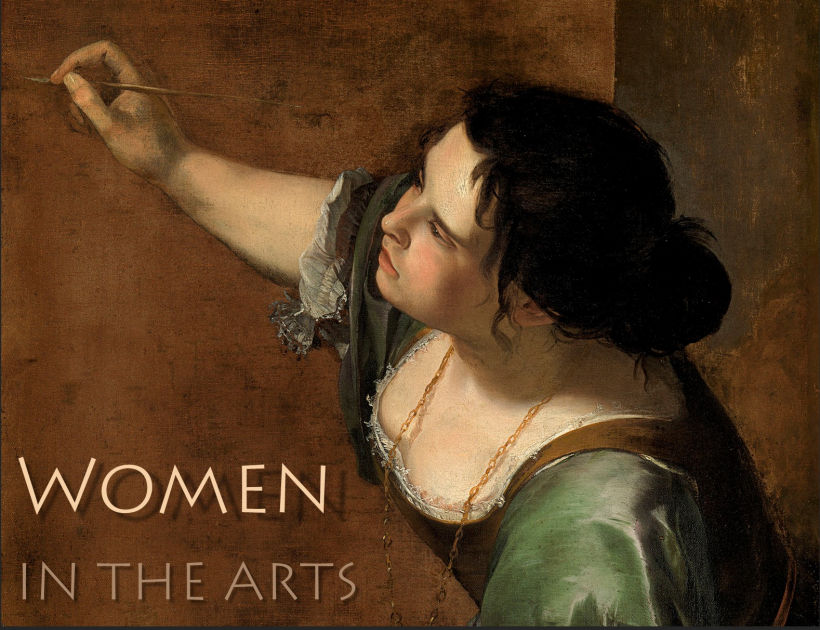Here are brief bios of the composers and choreographers considered in the class, listed in order of birth—but note
that the list does not include singers or dancers who were not also creators of independent works. All the
biographies of women featured in the course are collected in the BIOS link
on the syllabus page.
 |
Isabella Colbran, 1785–1845. Italian singer and composer.
The Neapolitan Colbran was the first wife of Rossini and, in his opinion, the greatest singer of his music. It was for her that he wrote the bravura mezzo-soprano leads in many of his operas. She also published four volumes of songs dedicated to various noble patrons, considerably less difficult than those that she herself sang, but with a charming musicality.
|
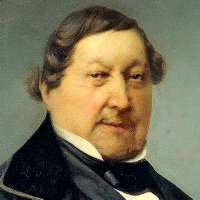 |
Gioacchino Rossini, 1792–1868. Italian composer.
Rossini's fame rests on his 39 operas, especially the comedies, all written while he was still in his thirties. In 1829, fter writing Guillaume Tell, one of the foundation stones of French grand opéra, he essentially retired, settling in Paris, and writing only occasional pieces plus his masterpieces of sacred music, the Staba Mater of 1842 and Petite Messe solennelle of 1864.
|
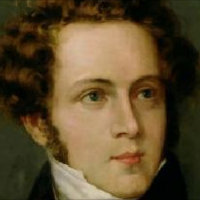 |
Vincenzo Bellini, 1801–35. Italian composer.
The short-lived Bellini, who was born in Sicily, trained in Naples, and finally achieved success in Milan and Paris, with his operas La sonnambula, Norma, and I puritani. Renowned for his long melodic lines and psychological acumen, he was the quintessential composer of bel canto opera.
|
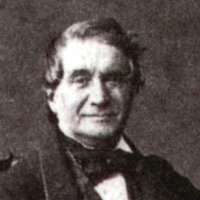 |
Cesare Pugni, 1802–70. Italian composer.
A specialist in ballet, Pugni composed nearly all the ballets by Jules Perrot (including Pad de quatre but not including the earlier Giselle), and followed him to Saint Petersburg in 1850, remained there after Perrot's departure, composing ballet scores for his successors.
|
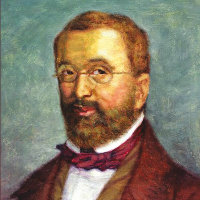 |
Adolphe Adam, 1803–56. French composer.
Adam wrote 39 operas, mainly in the comic vein, but is probably best known for his score to the ballet Giselle (1841).
|
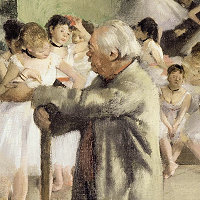 |
Jules Perrot, 1810–92. French choreographer.
The Lyon-born Perrot began his career as the dancing partner of Marie Taglioni. When she broke the partnership, fearing he might outshine her, he turned his attentions to Carlotta Grisi, and (with the older Jean Coralli) created the 1841 ballet Giselle around her. He went on to create Pas de Quatre in 1845, bringing Taglioni, Grisi, and two other ballerinas together. He ended his career as ballet master in Saint Petersburg.
|
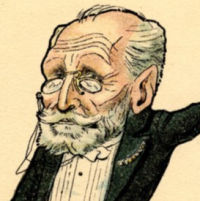 |
Marius Petipa, 1819–1910. French-Russian choreographer.
After a career as a dancer in France and Spain, Petipa accepted a position with the Imperial Theatre in St. Petersburg, and remained in Russia the rest of his life. His work as the choreographer of The Sleeping Beauty, The Nutcracker, and the 1895 revival of Swan Lake made him one of the most influential choreographers of all time.
|
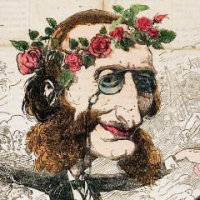 |
Jacques Offenbach, 1819–80. German-French composer.
The son of a cantor, Offenbach took the name of the German town in which he was born. After studying at the Paris Conservatoire, he began to write operas, composing over 90 in the course of a long and wildly successful career. He is also known for his unfinished grand opera The Tales of Hoffmann.
|
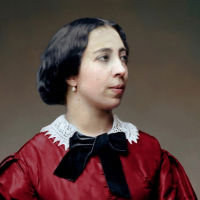 |
Pauline Viardot-Garcia, 1821–1910. French singer and composer.
The daughters of opera singers, Pauline Garcia and her sister Maria Malibran were among the opera divas of the day. She retired from the stage in 1863 and devoted herself to composing, writing five chamber operas and numerous songs.
|
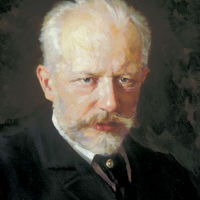 |
Pyotr Ilyich Tchaikovsky, 1840–93. Russian composer.
Tchaikovsky was the first Russian composer to gain an international reputation, in part because his Russian voice was allied to a thorough training in Western parctice. His symphonies, tone-poems, and ballets have become staples of their repertoire, but his dozen operas are less well-known, except for Eugene Onegin (1879) and The Queen of Spades (1890), both based on texts by Pushkin.
|
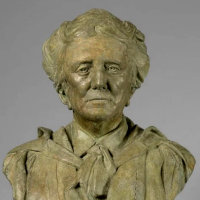 |
Ethel Smyth, 1858–1944. English composer.
Dame Ethel Smyth was known as much for her political and feminist activism as for her music, which was strongly influenced by her training and early career in Germany. Her best-known opera, The Wreckers (1906) contains some excellent music.
|
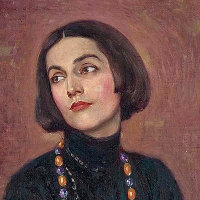 |
Isadora Duncan, 1877–1927. American dancer.
Tiring of the restrictions of classical ballet, Duncan spread her own gospel of a quasi-sacred dance based on nature and the everyday movements of the female athletic body. She came to Europe and toured for a while with Loie Fuller, who had similar feminist goals. She was killed when one of the long scarves that were her signature caught in the wheel of a car in Monte Carlo.
|
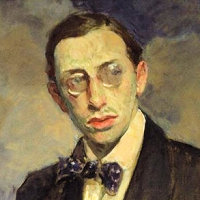 |
Igor Stravinsky, 1882–1971. Russian-American composer.
Starting as an enfant terrible in Paris with the ballets he wrote for Serge Diaghilev, he gradually pared back his resources, developing a neo-classical style between about 1930 and 1955, but eventually turning his back on tonality.
|
 |
Bronislava Nijinska, 1891–1972. Polish choreographer.
Polish by birth, but born in Russia, Nijinska joined the Ballets Russes and went with them to Paris. After assisting her one-year-older brother Vaclav Nijinsky in L'Après-midi d'un faune and The Rite of Spring, she began to concentrate on choreography of her own. Her most famous work is probably Les Noces (1923), to music by Stravinsky.
|
 |
Arthur Bliss, 1891–1975. English composer.
Sir Arthur Bliss, who wrote neo-romantic music with a slight modern thrust, became Master of the Queen's Music (Composer Laureate) in 1953, a post he filled with distinction. But he is not much performed today, even the ballets like Checkmate (1937) that he wrote for Ninette de Valois, which some consider his most successful works.
|
 |
Martha Graham, 1894–1991. American choreographer.
Graham technique is at the root of much modern dance, even today. In her 70-year career, she collaborated with major composers and designers to create over 180 works, ranging from the iconic Americanism of Appalachian Spring (1944) to treatments of mythological subjects, such as the Medea story in Cave of the Heart (1948).
|
 |
Ninette de Valois, 1898–2001. Irish choreographer.
Dame Ninette de Valois had a short career dancing with Serge Diaghilev's Ballets Russes, but a much longer ones as a choreographer and founder of the company and school that would eventually become the Royal Ballet, one of the principal guardians of classical technique in the world.
|
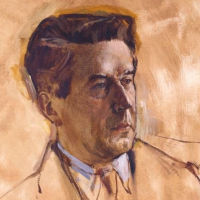 |
Frederick Ashton, 1904–88. English choreographer.
Like most choreographers, Sir Frederick Ashton began as a dancer, and continued performing even as his fame blossomed as a choreographer. He became artistic director of the Royal Ballet in 1963, but had worked with the company and its various predecessors since 1935, responsible for creating many of the works that are the foundations of English ballet today.
|
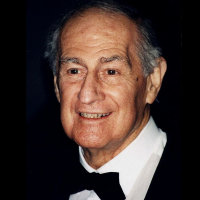 |
Gian Carlo Menotti, 1911–2007. Italian American composer.
Born in Italy, Menotti came to America in 1928 to study at the Curtis Institute (where he later also taught). Although he wrote choral, instrumental, and ballet scores, he is best known for his many operas such as Amahl and the Night Visitors (1951) which continue the lyricism and popular dramatic appeal of Puccini; two of them won Pulitzer Prizes. He was the founder of the Spoleto Festivals in Italy and Charleston, and the life partner of fellow-composer Samuel Barber.
|
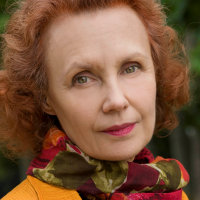 |
Kaija Saariaho, 1952–2023. Finnish composer.
Saariaho studied in Helsinki, Darmstadt, and Freiburg. In 1982, she went to Paris to work at the Institute for Contemporary Music and remained in that city the rest of her life. Her music, some of which uses electronics, is distinguished by rich textures of slowly moving sound. Her opera L'amour de loin (Love from Afar) was written for Salzburg in 2000 and came to the Met in 2017.
|
























